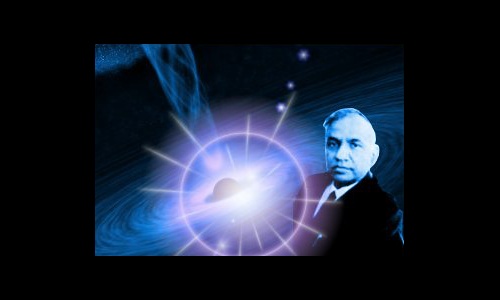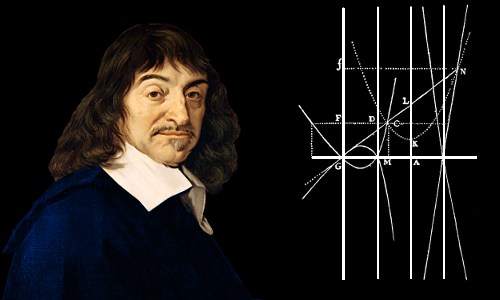Subrahmanyan Chandrasekhar

Lived 1910 – 1995.
Early Life and Education
India
Subrahmanyan Chandrasekhar was born on October 19, 1910 in Lahore, British India. (Lahore is now in Pakistan.)He was the third of ten children in a well-educated family: his mother was a translator, who taught her children to read, while his father was Deputy Auditor General of the Northwestern Railways. The Nobel Prize winning physicist C. V. Raman was his father’s brother. As a young boy, he was home-schooled by his parents and private tutors.
In 1922, Subrahmanyan Chandrasekhar became a student at the Hindu High School, Triplicane, Madras, where he was educated until 1925. Then, aged just 14, he began studying for a physics degree at Presidency College, also in Madras. (The city of Madras is now known as Chennai.)
In 1929, aged 18, he wrote his first academic paper, The Compton Scattering and the New Statistics. The following year, he graduated with a B.Sc. Honors degree in physics.

No comments:
Post a Comment